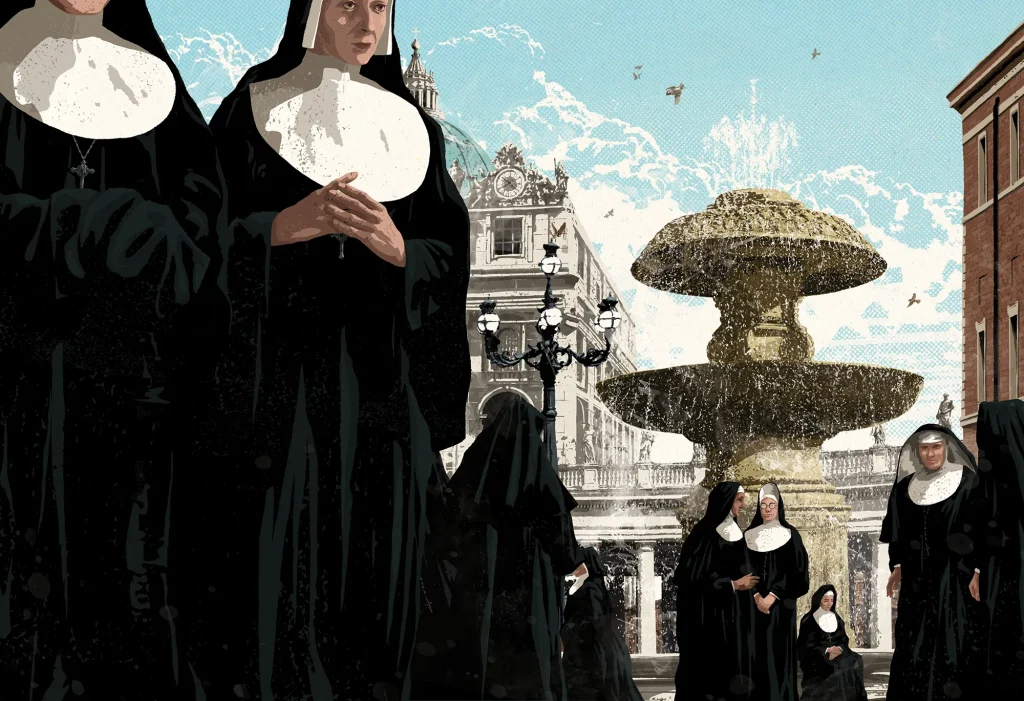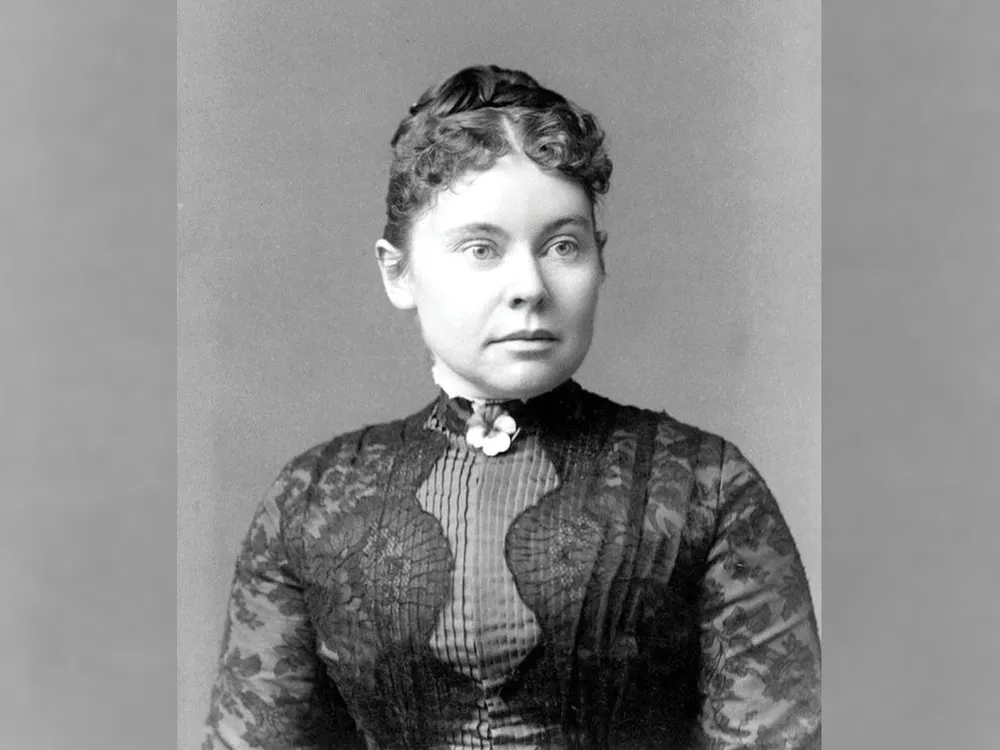
From Vanity Fair: “On a spring day in Rome in 1957, 30-year-old Bruno Lunenfeld gave one hell of a presentation. For four years he had been developing a therapy that would induce ovulation in women struggling with infertility. What he needed now was the support of the Istituto Farmacologico Serono, whose staff scientist had been working on a similar endeavor. The men listened politely, but at the end of the presentation they told him, with regret, that they couldn’t help. It seemed unlikely, for instance, that Serono would be able to procure the vast quantities of one specific essential substance without which the drug couldn’t be made. Lunenfeld left, but then a member of the board approached him with an idea. In the end, over a hundred post-menopausal nuns provided 30,000 liters of their urine, and that was enough to make 9,000 vials of 75 units, which in turn was sufficient for 450 ovulation induction cycles.”
The Webster Apartments: One of Manhattan’s last women-only boarding houses

From the Paris Review: “I am greeted by the same sight that greeted tens of thousands of young women before me, the same sight that greeted a younger self when my cab from JFK pulled up a decade ago, that greeted the department store girls arriving in the city with their belongings in trunks a century before that, and all the residents between and since: a red-brick facade towering over West Thirty-Fourth Street, its name proudly chiseled into stone, “The Webster Apartments.” Charles Webster was the cousin of Rowland Macy and head of Macy’s department store. Upon Webster’s death in 1916, he left one-third of his wealth to build and maintain a hotel for single working women in Manhattan’s retail district—somewhere the Macy’s shop clerks could lay their heads. Rent would be kept low enough for their meager earnings, with the apartments not run for profit. And so the Webster’s doors opened in November 1923.”
Note: This is a version of my personal newsletter, which I send out via Ghost, the open-source publishing platform. You can see other issues and sign up here.
Continue reading “The Vatican’s secret role in the science of in-vitro fertilization”







:focal(1851x658:1852x659)/https://tf-cmsv2-smithsonianmag-media.s3.amazonaws.com/filer_public/26/74/267413ea-8fac-47b0-b20c-b92716c79254/letters.jpeg)







/https://tf-cmsv2-smithsonianmag-media.s3.amazonaws.com/filer/bd/80/bd808ab0-9c75-478d-810b-200f17ee9959/super_soaker-edit.jpg)

